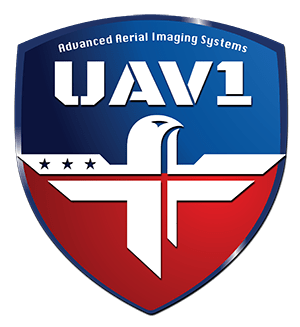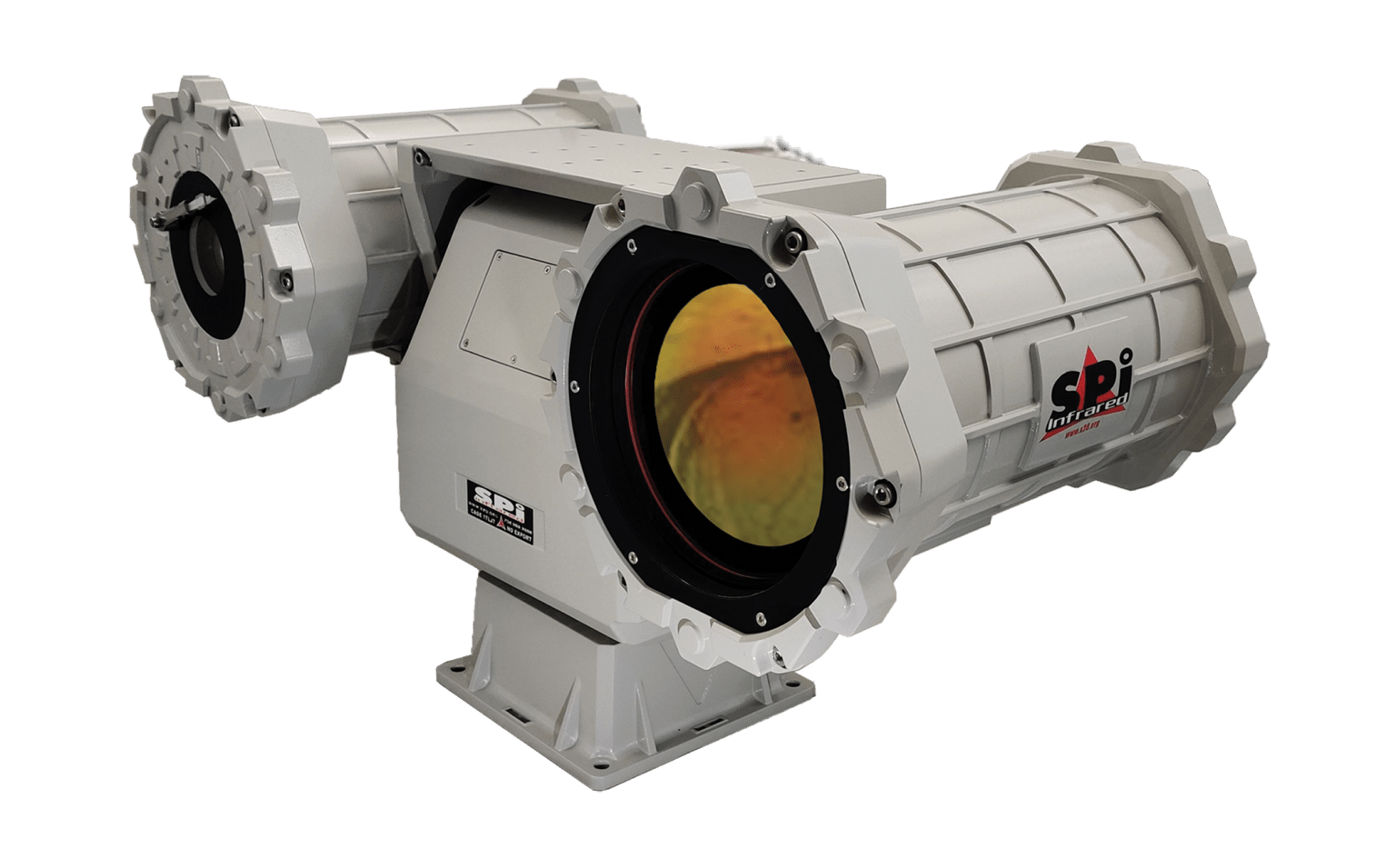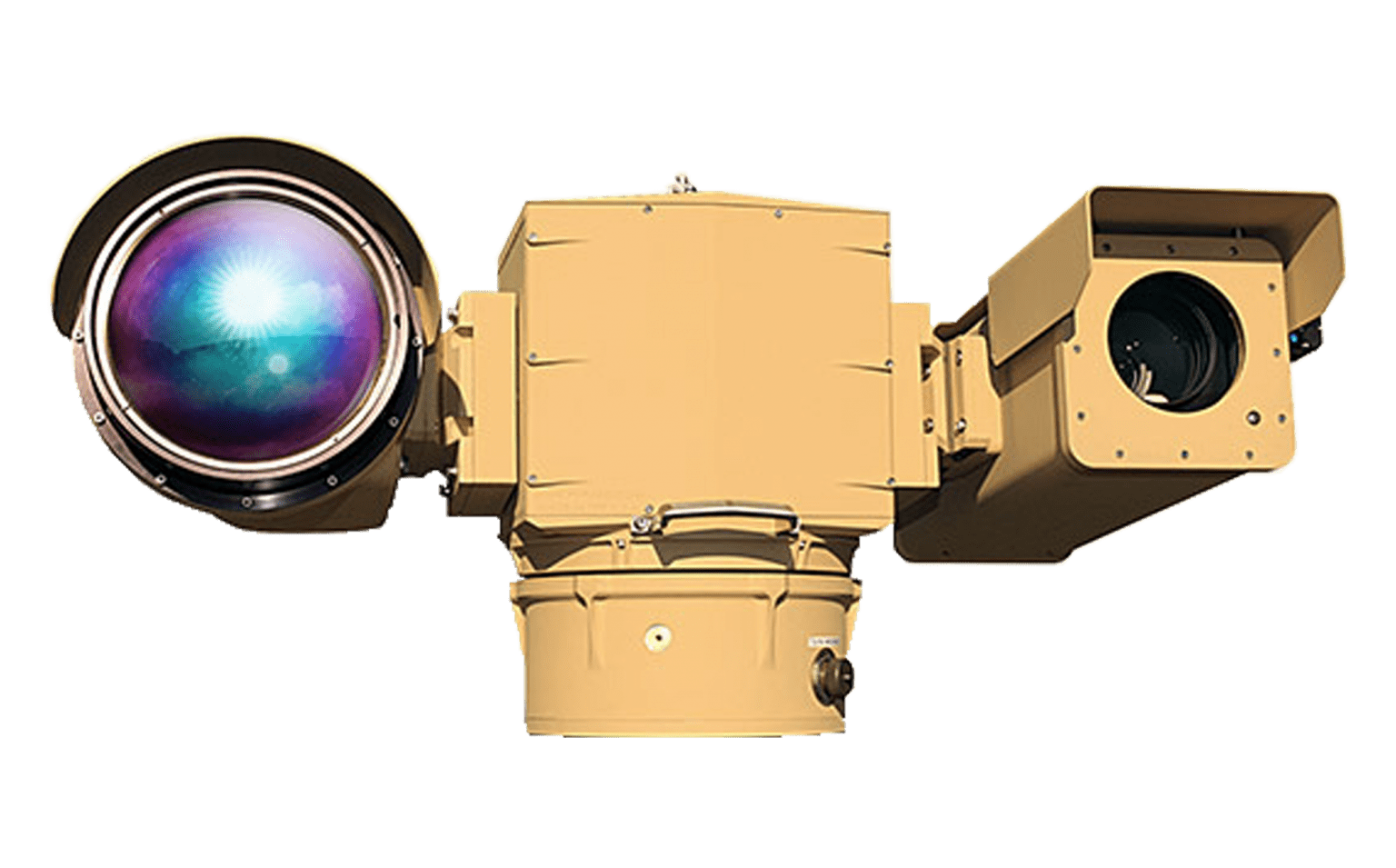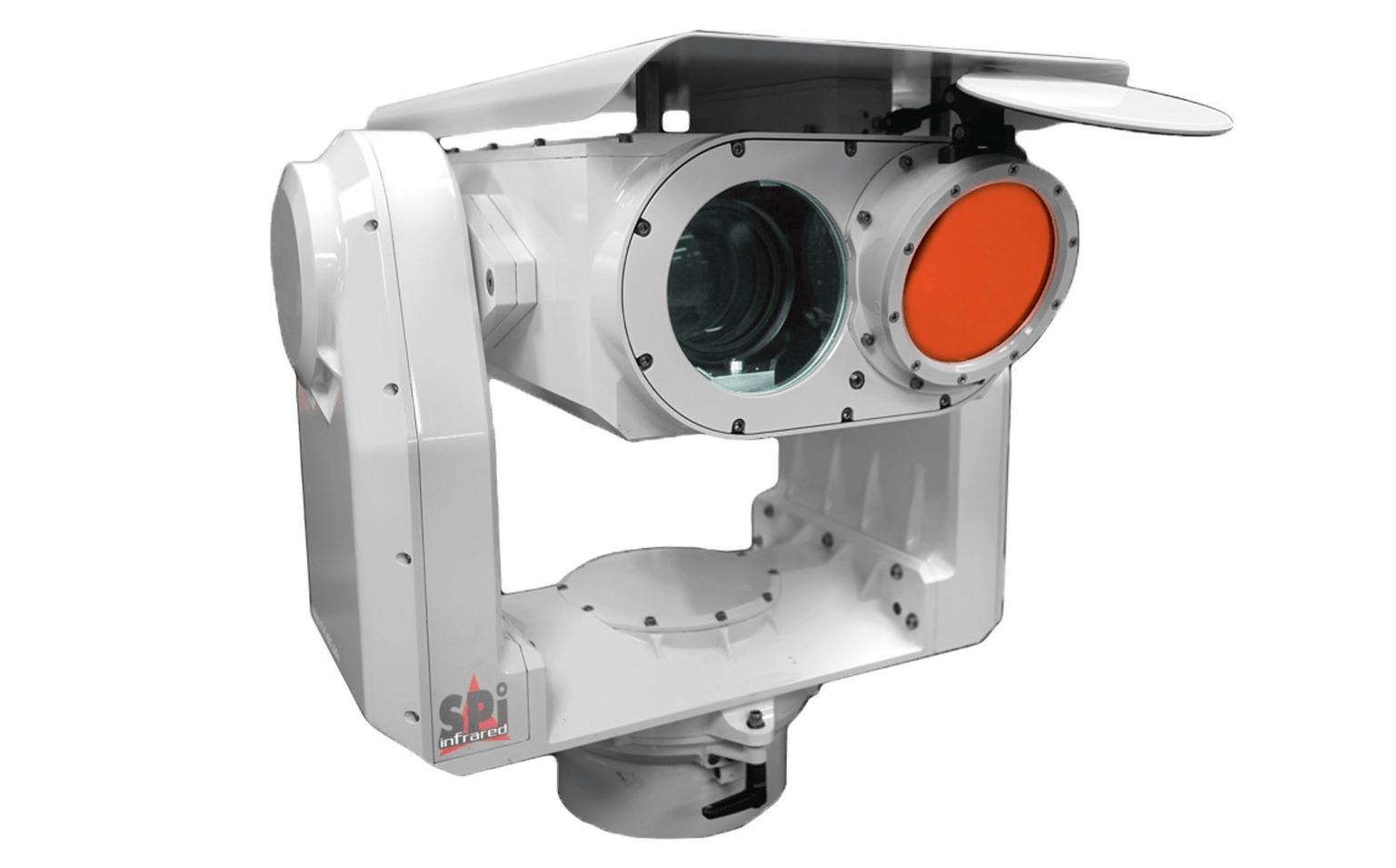Thermal cameras, with their ability to detect heat signatures, excel in advanced target tracking. Coupled with AI, they can autonomously identify and follow subjects even in pitch darkness or obscured conditions, ensuring consistent surveillance.
Thermal imaging is revolutionizing facial recognition. Unlike traditional systems that rely on light, thermal cameras identify unique heat patterns on faces. This enables accurate identification even in low-light scenarios or amidst environmental challenges.
Incorporating AI powered security alarms into thermal imaging systems has amplified their reliability. By distinguishing between living beings and inanimate objects, these systems reduce false alarms. AI-enhanced thermal cameras further refine detection, ensuring only genuine threats trigger alerts.

Target auto Tracking
AI-Enhanced Auto Target Tracking with Thermal Imaging:
At its core, auto target tracking involves detecting and following a target (or multiple targets) as it moves through a scene. In the context of thermal imaging, targets are typically identified by their heat signatures, which differentiate them from their surroundings.
Advantages of Thermal Imaging for Target Tracking:
- Operational in Low Light: Unlike traditional cameras, thermal imaging doesn’t require light to detect objects, making it perfect for nighttime operations.
- Obscured Conditions: Thermal cameras can detect heat signatures even in fog, smoke, or light foliage, conditions that can challenge traditional cameras.
- Non-Invasive: Targets are often unaware of being tracked since infrared is invisible and the camera doesn’t emit any detectable signals.
Automatic Target Detecting In Thermal Imaging
The foundation of automated detection and ptz auto tracking in our thermal imaging systems rests on robust machine learning models, often deep learning architectures like Convolutional Neural Networks (CNNs). These models are adept at handling image data, making them particularly suitable for thermal imagery.
- Data Preprocessing: Prior to model training, thermal images undergo preprocessing to normalize and augment the data. This might involve operations like histogram equalization, which enhances the contrast in the thermal images, or data augmentation techniques that artificially expand the dataset through rotations, flips, and translations.
- Feature Extraction: CNNs, by design, are proficient at extracting hierarchical features from images. In the context of thermal imagery, these features could be unique heat patterns, gradients, or even subtle temperature changes. The initial layers of the network usually detect basic patterns like edges, while deeper layers recognize more complex structures, such as the shape or movement pattern of a potential target.
- Training & Backpropagation: Using labeled datasets, the model undergoes training. During this phase, the network adjusts its weights based on the error gradient, using optimization algorithms like Adam or SGD. The aim is to minimize the discrepancy between the predicted and actual labels.
- Real-time Detection: Once trained, the model can scan thermal images in real-time. Sliding window techniques or more advanced methods like Region-based CNNs (R-CNNs) or You Only Look Once (YOLO) can be employed. These strategies allow the model to identify and box potential targets in the image, providing both their location and classification.
- Post-processing: After detection, post-processing steps, such as non-maximum suppression, are applied. This ensures that any overlapping or redundant bounding boxes are pruned, leaving only the most probable detections.
- Continuous Learning & Adaptation: In dynamic environments, it’s beneficial for the model to adapt over time. Techniques like online learning or transfer learning can be incorporated to fine-tune the model based on new data or changing conditions.
In high-stakes scenarios like border security, the efficiency and accuracy of these computational models are paramount. Hence, rigorous validation, frequent updates, and constant monitoring of the system’s performance metrics become imperative to ensure optimal functioning and timely threat detection.
PTZ Cameras with Auto-Tracking: A Comprehensive Guide
PTZ (Pan-Tilt-Zoom) Cameras
PTZ cameras have been a breakthrough in surveillance and broadcasting technology, offering the ability to pan (move left or right), tilt (move up or down), and zoom (close-up on subjects) to capture comprehensive views of a scene. One of the modern advancements in PTZ cameras is the inclusion of auto tracking functionality. Let’s delve deeper into this topic.
What is Auto Tracking in PTZ Cameras?
Auto tracking in PTZ cameras refers to the camera’s ability to automatically detect and follow a moving subject within its field of view. This is achieved through motion detection algorithms and advanced software that controls the camera’s pan, tilt, and zoom functions. The objective is to keep the subject in the frame and possibly in focus, depending on the sophistication of the camera.
Benefits of PTZ Cameras with Auto Tracking:
- Enhanced Surveillance: Auto tracking allows for continuous monitoring of a moving subject, making it ideal for security purposes, like tracking intruders or suspicious activities in real-time.
- Reduction in Manual Effort: No need for a human operator to constantly adjust the camera’s direction or focus. The camera does it automatically.
- Broad Application: From wildlife documentaries to sports broadcasting, auto tracking PTZ cameras can be useful in various scenarios beyond just security.
- Efficient Coverage: With auto tracking, one camera can effectively do the job of multiple fixed cameras in tracking a subject across a large area.
Varieties of PTZ Cameras with Auto Tracking:
- Standard PTZ Cameras with Auto Tracking: These are the basic models equipped with the auto tracking feature suitable for general surveillance needs.
- PTZ Security Cameras with Auto Tracking: Specifically designed for security purposes, these cameras might come with enhanced detection algorithms, night vision, and intrusion alerts.
- 4K PTZ Cameras with Auto Tracking: Offering ultra-high-definition video quality, these cameras provide crystal-clear footage, making it easier to identify subjects or read details like license plates.
Things to Consider When Purchasing:
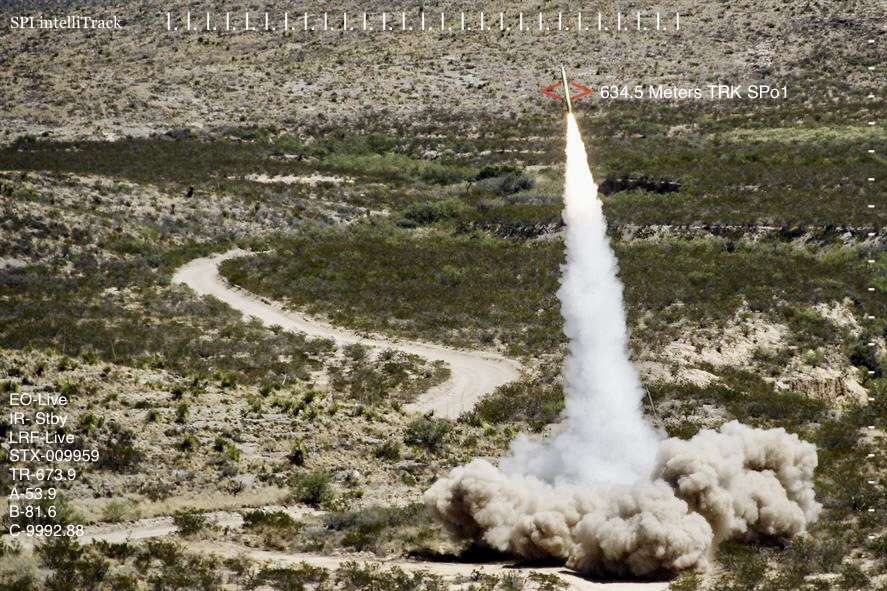
- Resolution: While 4K offers the best clarity, it might be overkill for some applications. Assess your needs before deciding.
- Tracking Accuracy: Not all auto tracking systems are created equal. It’s crucial to check how accurately and quickly a camera can track moving subjects.
- Low-light Performance: For surveillance, especially during nighttime, ensure that the camera has good low-light capabilities or infrared (IR) illumination.
- Integration with Other Systems: If you have an existing security system, check the compatibility of the new camera with it.
- Budget: Auto-tracking PTZ cameras come in a range of prices. It’s essential to find a balance between features and cost.
Predictive Target Tracking
Our suite of products, encompassing advanced target tracking with AI, offers a comprehensive solution for predictive tracking in thermal imaging scenarios. At the core of this technology lies a robust dataset and sophisticated AI models designed for trajectory analysis.
The M2D micro drone thermal gimbal camera, along with our extensive range of long-range PTZ cameras and micro thermal gimbal cameras, integrates these advanced AI functionalities. By analyzing sequences of thermal images, these devices can discern patterns in a target’s movement, extracting parameters like speed, direction, and acceleration.

Long Range PTZ Integrated Alarms
Our long-range PTZ cameras, are designed to offer more than just visual insights. We have integrated advanced alarm systems that are enhanced with artificial intelligence, specifically tailored to monitor environments and detect abnormal changes.
The primary function of these built-in alarms is to vigilantly monitor a designated area. They assess the environment based on various parameters, from temperature fluctuations to unexpected movements or even the presence of specific gases when using the OGI (Optical Gas Imaging) gas monitoring feature. What sets our alarms apart is their integration with AI. Instead of simply detecting changes, they analyze and discern patterns, ensuring that only significant or potentially harmful changes trigger an alert.
To establish what’s considered “normal” for a specific environment, our AI systems undergo an initial learning phase. During this period, they gather data and establish a baseline or threshold for typical conditions. Once this benchmark is set, the AI continuously compares real-time data against it. If deviations exceed the predefined threshold, the built-in alarm is activated. This could be anything from a sudden spike in temperature indicating a potential fire hazard to the detection of specific gas signatures using OGI.
Our long-range PTZ cameras offer the flexibility of having these advanced AI-enhanced alarms as a custom option. This allows users to tailor the system based on their specific needs, whether it’s for industrial monitoring, perimeter security, or specialized applications like gas leak detection with OGI.

Benefits Of AI Thermal Imaging Vs Traditional Thermal Imaging
Traditional Thermal Imaging: While it effectively visualizes heat patterns, it largely relies on human interpretation. This can introduce errors, especially in complex or cluttered environments where manual assessment can be challenging.
2. Automation and Efficiency:
AI Thermal Imaging: Automation is a standout feature. From automated target tracking to real-time alerts, AI systems reduce the need for constant human monitoring. This means fewer personnel are required to monitor screens, leading to operational efficiencies and cost savings.
Traditional Thermal Imaging: These systems demand more hands-on management. Continuous human monitoring is typically required, leading to potential fatigue and inefficiencies.
3. Adaptability and Learning:
AI Thermal Imaging: These systems can adapt and learn. By continuously analyzing new data, they can refine their detection algorithms, ensuring the system remains updated and relevant. This adaptability is especially valuable in dynamic environments with changing conditions.
Traditional Thermal Imaging: These are static systems without the capability to adapt or learn from new data. Their performance remains consistent over time, without the ability to self-improve.
4. Reduction in False Alarms:
AI Thermal Imaging: By distinguishing between different objects, animals, and humans, AI-enhanced thermal cameras significantly reduce false alarms. They can understand context, differentiating, for example, between a human intruder and a stray animal, ensuring alerts are more relevant.
Traditional Thermal Imaging: While they can detect movement or temperature changes, they cannot easily differentiate between different sources. This can lead to higher false alarm rates, which can be costly and disruptive.
5. Advanced Features and Integration:
AI Thermal Imaging: These systems come packed with advanced features, from facial recognition in low-light conditions to predictive tracking. They can also be integrated into broader security or monitoring systems, allowing for a more cohesive approach to surveillance or environmental monitoring.
Traditional Thermal Imaging: While effective in visualizing temperature differences, they lack advanced features. Integration into broader systems is possible but may not be as seamless or feature-rich as AI-enhanced counterparts.
